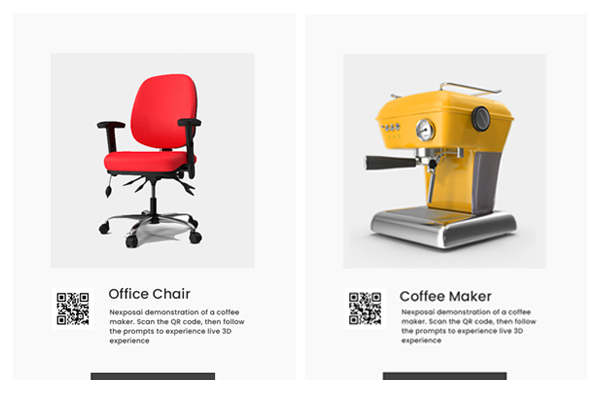Unlocking the Potential: AR’s Impact on Product Design
Augmented Reality (AR) has emerged as a game-changing technology, revolutionizing various industries. One area where AR is making a significant impact is product design. By seamlessly blending the virtual and physical worlds, AR is transforming the way products are conceptualized, developed, and brought to market. In this article, we will explore the transformative effect of AR on product design and how it is reshaping the entire design process.
1. Visualizing Designs in Real-Time
AR allows designers to visualize their concepts in real-time, providing an immersive experience that was previously unimaginable. With AR-enabled devices, designers can overlay virtual 3D models onto the physical environment, enabling them to see how a product will look and function before it is even built. This real-time visualization not only enhances the design process but also enables designers to make informed decisions and iterate quickly, saving both time and resources.
2. Enhancing Collaboration and Communication
AR facilitates seamless collaboration among designers, engineers, and stakeholders throughout the product design lifecycle. By sharing AR experiences, teams can work together remotely, visualizing and discussing designs as if they were physically present in the same room. This level of collaboration not only improves communication but also accelerates decision-making, leading to more efficient and effective design iterations.
3. Streamlining Prototyping and Testing
Traditionally, prototyping and testing physical products can be time-consuming and expensive. AR simplifies this process by allowing designers to create virtual prototypes that can be tested and refined in a virtual environment. This not only reduces the need for physical prototypes but also enables designers to simulate real-world scenarios, gather valuable user feedback, and make necessary adjustments early in the design process. The result is a streamlined and cost-effective prototyping and testing phase.
4. Customizing User Experiences
AR empowers designers to create personalized and interactive user experiences. By overlaying digital information onto physical products, designers can enhance functionality, provide step-by-step instructions, or even offer virtual tutorials. This level of customization not only adds value to the end-user but also opens up new opportunities for businesses to differentiate their products in the market.
5. Reducing Time to Market
AR expedites the product design cycle, enabling businesses to bring their products to market faster. By eliminating the need for physical prototypes, reducing design iterations, and enhancing collaboration, AR significantly reduces the time it takes to develop and refine a product. This accelerated time to market gives businesses a competitive edge, allowing them to seize opportunities and meet evolving customer demands more effectively.
6. Driving Innovation and Creativity
AR fuels innovation and creativity in product design by pushing the boundaries of what is possible. With AR, designers can explore unconventional ideas, experiment with different materials, and create unique user experiences. By leveraging the power of AR, businesses can differentiate themselves in the market, attract customers with innovative designs, and stay ahead of the competition.
Looking Ahead
The impact of AR on product design is just the beginning. As the technology continues to evolve, we can expect even more exciting advancements in the field. From AI-powered design assistance to real-time collaboration in virtual environments, the future of AR in product design holds immense potential.
As businesses strive to stay ahead in a rapidly changing landscape, embracing AR in product design is no longer a luxury but a necessity. By harnessing the power of AR, businesses can unlock new levels of creativity, efficiency, and customer satisfaction. The time to embrace AR in product design is now, as it has the potential to transform concepts into reality like never before.





